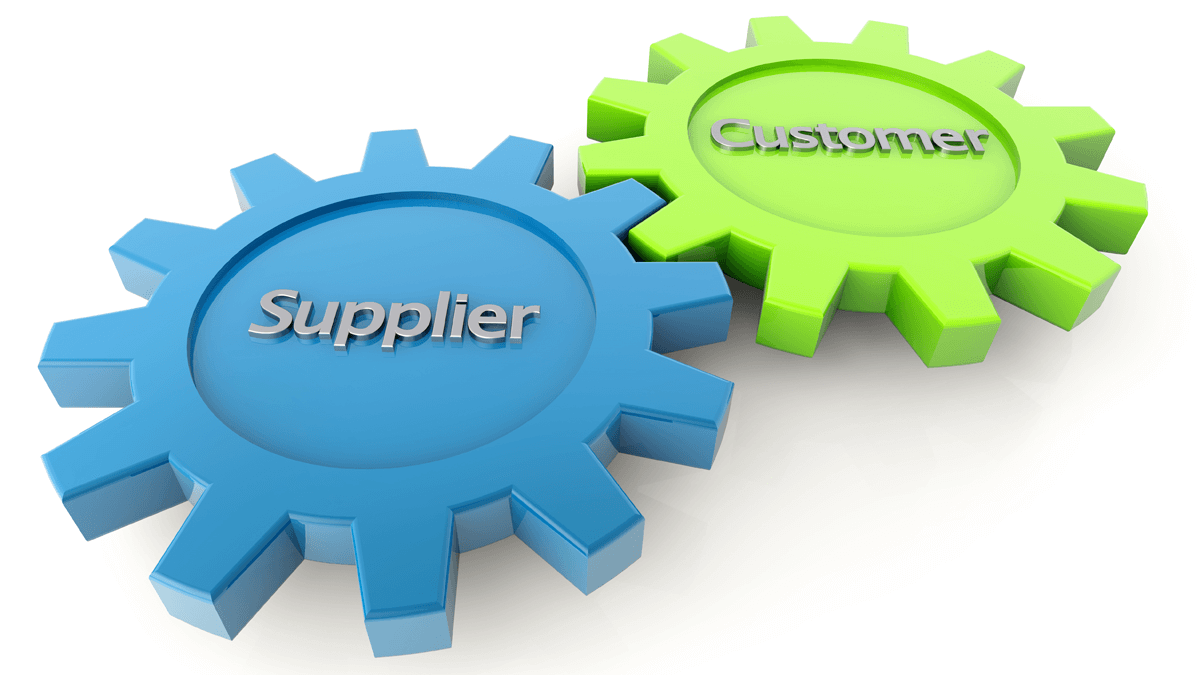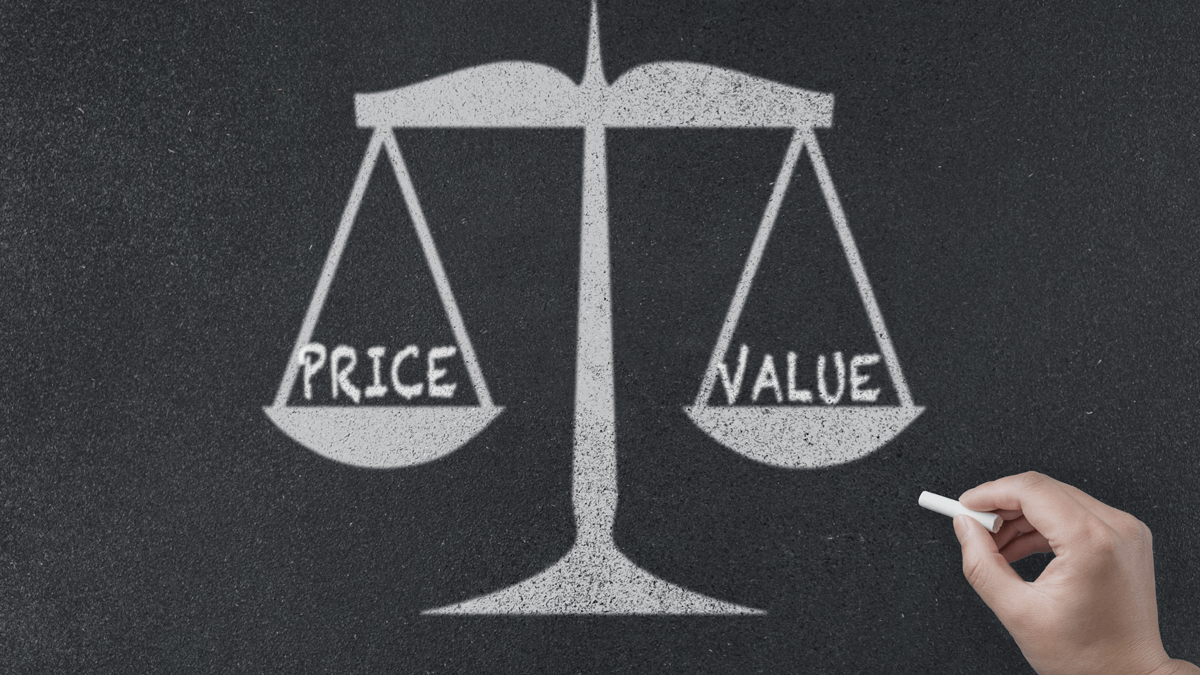Your front-end-of-innovation should center on a specific customer job to be accomplished. Focusing on your product concept is far too limiting. Let’s say your business makes some physical article. By focusing on the customer’s job, you might conceive a different product, service, or even a completely new business model.
More in Leader’s Guide Videos Lesson 13, Immerse in customer outcomes
In B2B we can do even better than “understanding” customer needs. We can “model” them. Use customer interviews to understand customers’ key outcomes. But don’t stop there. Ask how they measure these outcomes… and how good is “good enough.” Then create a model so you can test how they’ll react to any product design you imagine.
More in article, B2B Customer Needs: Predict the customer’s experience with modeling
On average, you and your competitors will grow at the same rate as the markets you serve. Don’t feel entitled to this. If a competitor develops a blockbuster, you’ll be happy to minimize your sales decline. Thinking otherwise is like 1970’s Detroit auto-makers assuming Japanese competitors would keep producing junk.
More in white paper, Catch the Innovation Wave (page 15).
The human brain likes to diverge first (look at all these deserts), and then converge (the chocolate lava cake, please). We shortcut this highly-effective approach when we begin by asking customers if they like our idea, hypothesis, or prototype. First, diverge with an open-minded exploration of all customer needs in B2B-optimized, voice-of-customer interviews. When you converge in a later round of interviews, do so quantitatively, so your confirmation bias doesn’t kick in.
More in e-book, Leader’s Guide to B2B Organic Growth (Lesson 16).
Long ago, clever employees at your company developed industry-leading products. Most of your growth and profits today probably come from these sturdy product platforms. Don’t count on inherited growth continuing: Every year, purchasing agents and competitors are working diligently to commoditize your specialty products. Glad I could cheer you up on this.
More in white paper, Catch the Innovation Wave (page 14).
You can improve a process anywhere down the value chain, or you can improve the ultimate product. (Mid-stream products don’t count.) Equipment and service providers often have their biggest impact on processes. Component or material makers often have a larger impact on products. In either case, you need to pursue these improvements with passion.
More in e-book, Reinventing VOC for B2B (page 26).
Many B2B suppliers consider competitive pricing as they plan new-product pricing. Or worse, cost-plus pricing. Both are irrelevant if you deliver real value to customers… not a “me-too” product. Competitive pricing just helps you judge initial customer reaction, and cost-plus just sets the pricing floor. Neither tells you what customers will pay. For that, you need customer-value pricing.
More in article, New Product Pricing: Capturing Freshly Created Customer Value
That’s too bad. They could follow 12 rules to dramatically improve their launches. A new approach is needed for three reasons: 1) The digital age is changing everything. 2) B2B marketers have been following the rules of consumer goods marketers too long. 3) Much more rigor is needed than most B2B companies apply today.
More in e-book, 12 New Rules of B2B Product Launch
Companies that want differentiated products often behave the same as competitors. They can’t say, “Our R&D staff is 20% smarter than competitors’, so our products usually win.” But they could win by understanding customer needs better than competitors… letting them “aim” their R&D brainpower much better. Be different to differentiate.
More in article, Do You Really Interview Customers?









